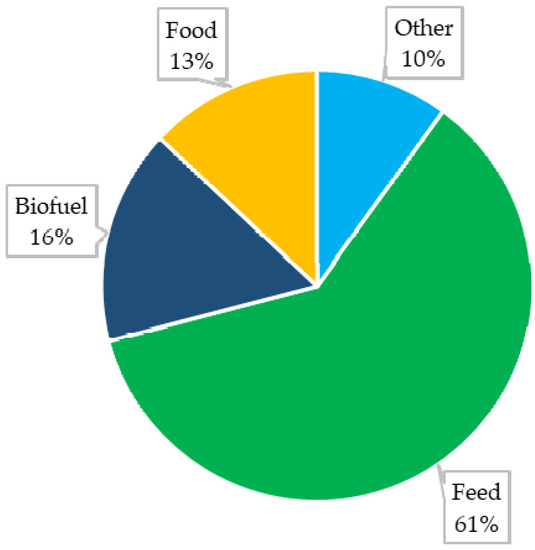The pet industry has evolved in recent decades due to increasing pet populations, stronger human–pet bonds and demand for high-quality pet food products [1,2]. Processed pet food manufactured with various processing methods (e.g. grinding, cooking, extrusion and dehydration) has traditionally been considered microbiological safe and nutritionally suitable for feeding pets [1,3]. However, since some pet owners consider unprocessed food healthier, raw meat-based diets (RMBDs) for dogs have gained popularity [1,2,4]. The RMBDs are mainly composed of uncooked or minimally processed meat, bones and organs, with freezing as the primary treatment, and are considered to be more natural than conventional processed pet food [1,5]. Nevertheless, the scientific evidence supporting RMBD benefits is scarce, and many veterinary professional organisations (e.g. the World Small Animal Veterinary Association) and international public health agencies (e.g. the United States (US) Centers for Disease Control and Prevention (CDC)) view them as potential health hazards for both animals and humans [1,5]; awareness of this issue appears less evident in Europe [6]. The safety concerns associated with RMBDs are related to the potential contamination of raw ingredients with zoonotic pathogenic bacteria and parasites [1,3,4]. Such contamination could lead to the spread of these pathogens to both pets and humans cohabitating with pets, through direct contact with the pet or its feed, or indirectly through contact with contaminated household surfaces or hands during feed preparation.
In the European Union (EU), legal requirements for the use of animal by-products and derived products not intended for human consumption are established, including those to produce processed or raw pet food, helping to ensure microbiological safety [7]. Nevertheless, since 2020, there have been more than 20 notifications or recalls of pet food and RMBD in the EU due to the detection of zoonotic pathogens, particularly Salmonella and pathogenic Escherichia coli [8], and also cases of human infections with Salmonella and Shiga toxin-producing E. coli (STEC) linked to exposure to RMBDs [9–11]. Several studies have also established a correlation between the microbiota of pets and their owners, including the presence of antibiotic-resistant strains, with pet food as a potential source [12,13]. However, certain antibiotic-resistant bacteria and genes of public health concern, such as the mcr gene conferring resistance to the last-line antibiotic colistin, have not been extensively studied in pet food and RMBDs [1,14–16]. Consequently, these antibiotic-resistant strains and genes have not been recognised as notable food safety issues in the context of the pet food industry [6]. To address this knowledge gap, we aimed to investigate the occurrence of and further characterise Salmonella and other Enterobacteriaceae resistant to critical antibiotics, such as colistin, in dog food, including RMBDs, that is available in stores in Portugal to investigate if they represent a possible source of these hazards to public health.


